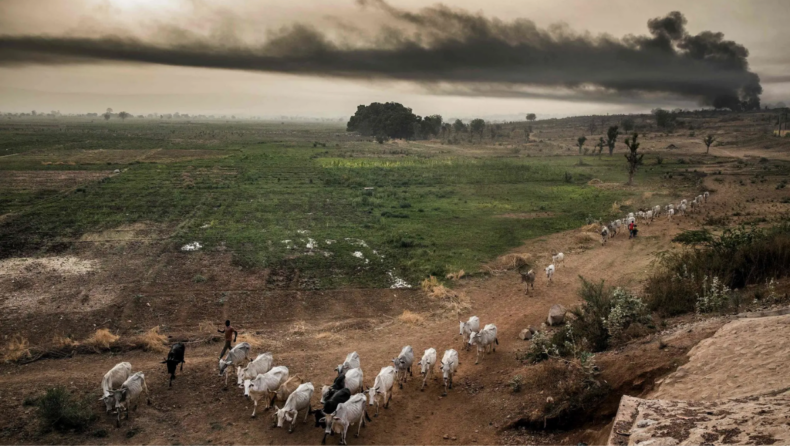Introduction
Natural resources are being exploited at a rapid rate, causing global warming and resulting in climate change. With this. there is an increment and a decrement in the temperature depending upon the geographic place and condition, rainfall without season, harsh sunlight, snowfall, forest fires are increasing, melting of ice. People’s food and water demand are under threat due to climatic changes, flooding, extreme heat, and economic loss. According to World Health Organization, climatic change is the greatest threat to society in the 21st Century.
Climate change affecting food security
According to UNAI ‘Food Security and Climate Change’ series, food security and the food chain are under threat in the upcoming 30 years if no action is taken considering climatic change as an issue. Climatic changes differ from region to region, affecting the environmental system of the place, societal system, and various food production systems.
Due to climatic change, increment if food shortages have been accounted for. As a part of any society, agriculture is the most important tool for development and survival, most crops don’t have tolerance for extreme weather, eventually affecting the growth of the crops, failing the crop production, resulting in a shortage of the crops not meeting the demand, importing from the others places and increment in the prices are the outcomes. Short-term disaster wipes out the annual production. Extreme temperatures or fluctuation in temperatures affect in the long-term, reducing the crop yield every year.

Climate affecting the transportation
The impact of climate change can also be seen in the global supply chain, which causes transportation delays. As long as the world has this network of ships, trucks, airplanes, and trains for business, it falls under circumstances where natural events have affected the path, making it hard for navigation. Transportation around the world is disrupted, which causes delays in shipments and increases the prices of the goods that are shipped and made by the deadline.
With these changes, the nutritional values of the food are also affected, reducing their value. Increasing carbon dioxide decreases the value of other nutrients like zinc and iron in crops. A study shows that carbon dioxide reduces protein levels by between 6 and 14% in crops, including rice, wheat, and potatoes.
Measures
With these severe impacts on an individual level and at a societal level, it’s time to get aware that these climatic changes are hazardous and start taking actions to improve the quality of life and develop it.
Published by : Aditya Negi
Edited by: Vanshika Sahu













